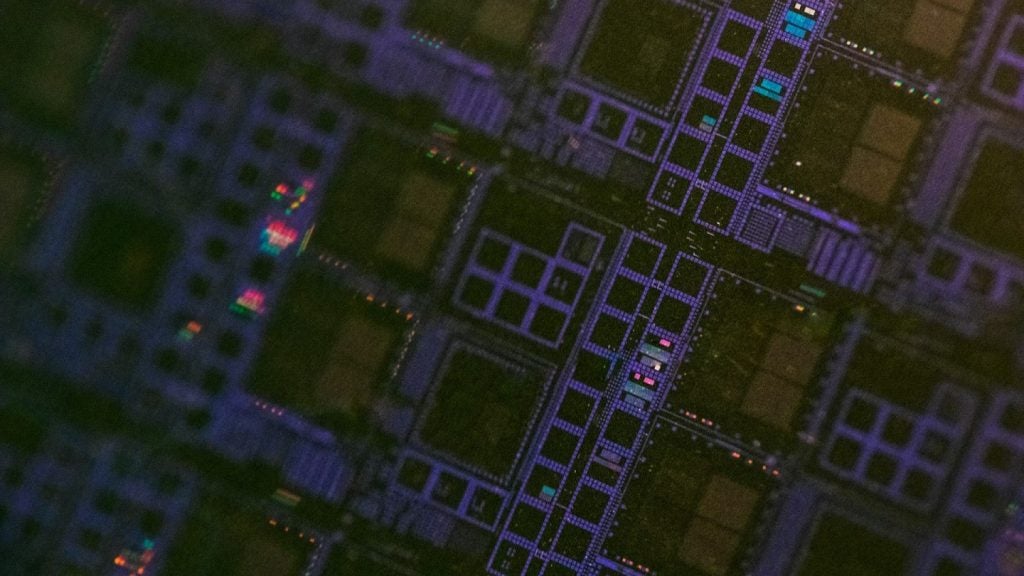Mitsubishi Electric had 28 patents in space economy during Q3 2023. Mitsubishi Electric Corp has filed a patent for an extensible mast made of fiber-reinforced plastic. The mast includes multiple layers, with the second layer having a higher thermal expansion coefficient than the first layer. An electric heating wire is also included. The design minimizes the overlapping of the heating wire in different layers, allowing for a maintained elastic restoring force while reducing weight and volume. GlobalData’s report on Mitsubishi Electric gives a 360-degreee view of the company including its patenting strategy. Buy the report here.
Mitsubishi Electric grant share with space economy as a theme is 46% in Q3 2023. Grant share is based on the ratio of number of grants to total number of patents.
Recent Patents
Application: Extensible mast, production method therefor, photovoltaic paddle, and outer space structure (Patent ID: US20230254946A1)
The patent filed by Mitsubishi Electric Corp. describes an extensible mast that is designed to maintain its elastic restoring force while minimizing weight and volume. The mast includes a first fiber layer made of a fiber-reinforced plastic, a second fiber layer made of a fiber-reinforced plastic with a higher thermal expansion coefficient in the longitudinal direction, and an electric heating wire arranged on the second fiber layer. The number of times the electric heating wire overlaps in different layers when the mast is wound and retracted in a roll shape is minimized.
The extensible mast is constructed with two fiber layers made of fiber-reinforced plastic, with the second layer having a higher thermal expansion coefficient in the longitudinal direction compared to the first layer. This design allows the mast to maintain its elastic restoring force while minimizing weight and volume. Additionally, an electric heating wire is arranged on the second fiber layer, and the number of times the wire overlaps in different layers during winding and retraction is minimized. This further contributes to reducing weight and volume.
The patent also describes a method of manufacturing the extensible mast. The method involves winding the first and second fiber layers around a shaft member to form a prepreg laminate. The laminate is then covered with a bagging film and sealed with a sealing material. It is then placed in an autoclave for pressurization and heating. After removing the shaft member, bagging film, and sealing material, the electric heating wire is arranged on the surface of the second fiber layer to minimize overlapping when wound and retracted in a roll shape.
Furthermore, the patent includes claims for a photovoltaic paddle and an outer space structure. The photovoltaic paddle incorporates the extensible mast and has the ability to wind and retract a blanket in a roll shape while also extending it. The paddle includes a plurality of solar cells arranged on the surface of the blanket. The outer space structure consists of the photovoltaic paddle mounted on a structure main body.
In summary, the patent filed by Mitsubishi Electric Corp. describes an extensible mast with a unique design that maintains its elastic restoring force while minimizing weight and volume. The patent also includes a method of manufacturing the mast and claims for a photovoltaic paddle and an outer space structure incorporating the mast.
To know more about GlobalData’s detailed insights on Mitsubishi Electric, buy the report here.
Data Insights
From

The gold standard of business intelligence.
Blending expert knowledge with cutting-edge technology, GlobalData’s unrivalled proprietary data will enable you to decode what’s happening in your market. You can make better informed decisions and gain a future-proof advantage over your competitors.





